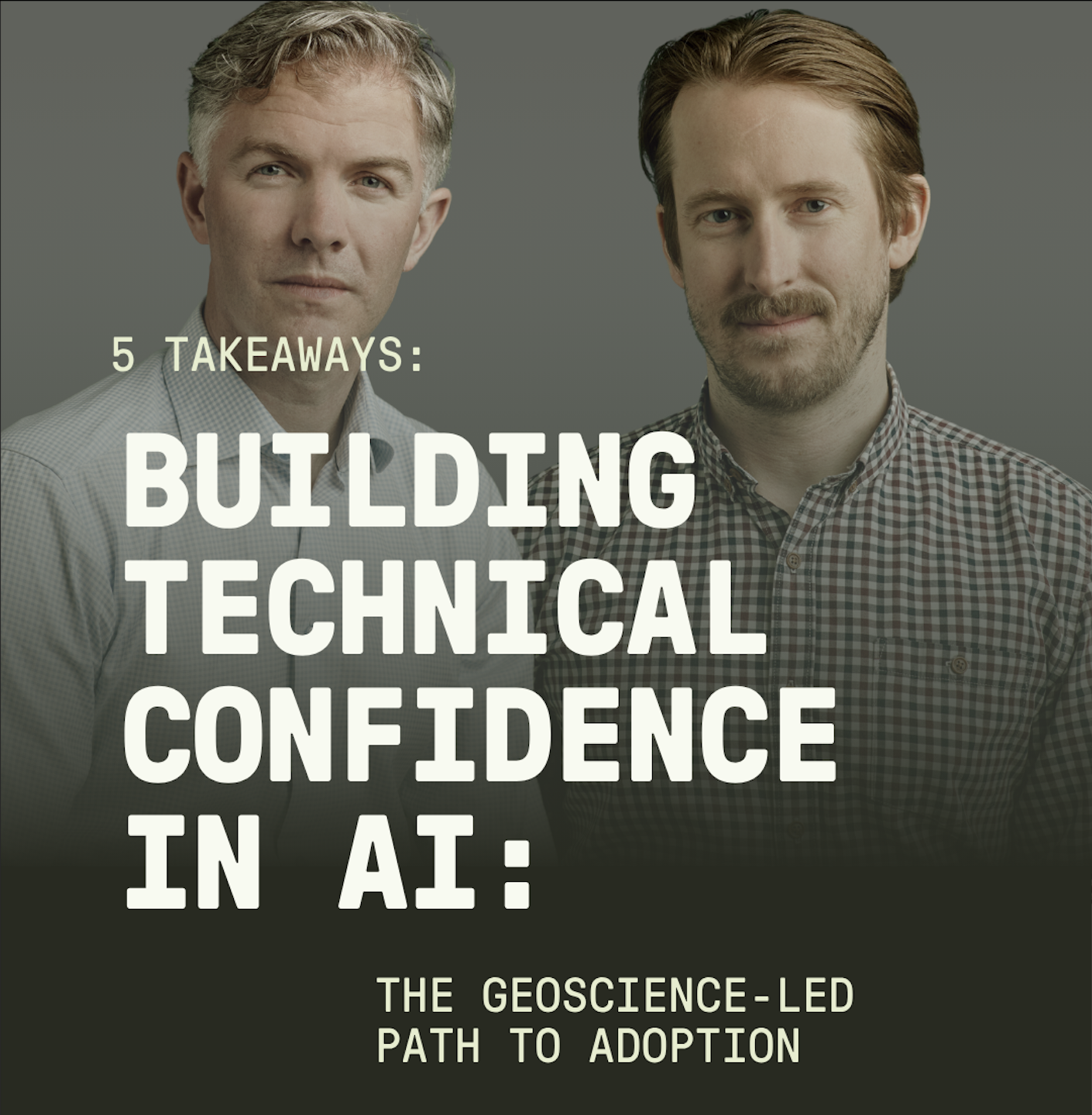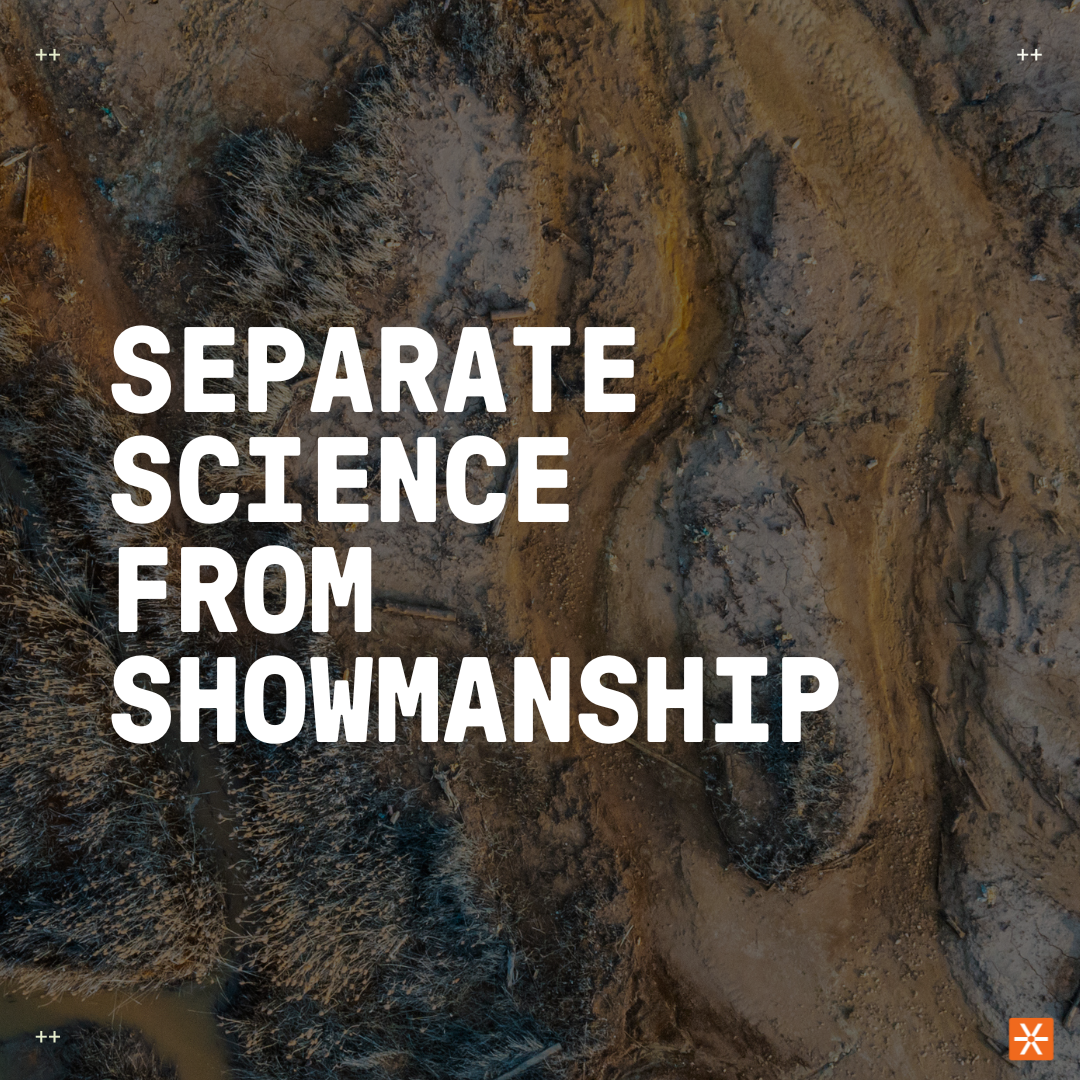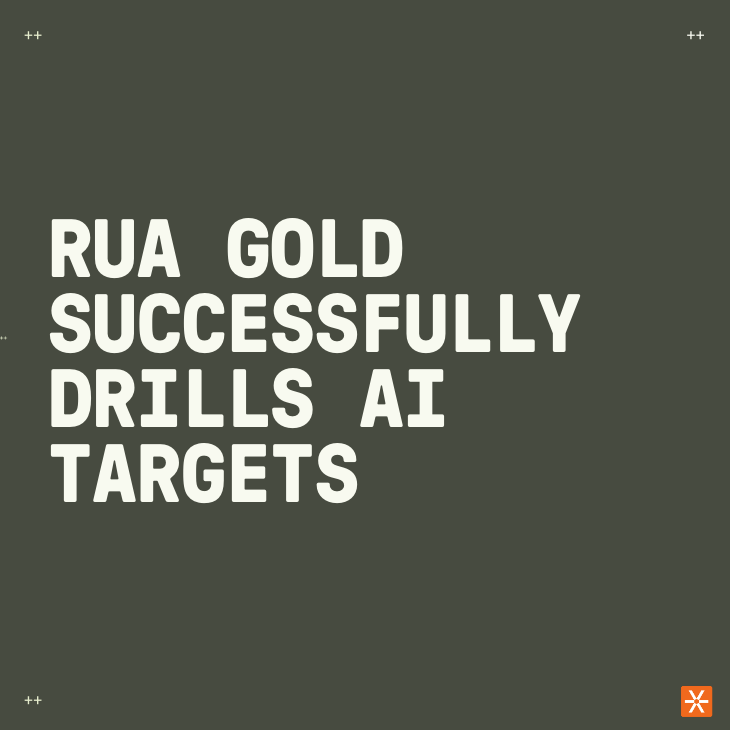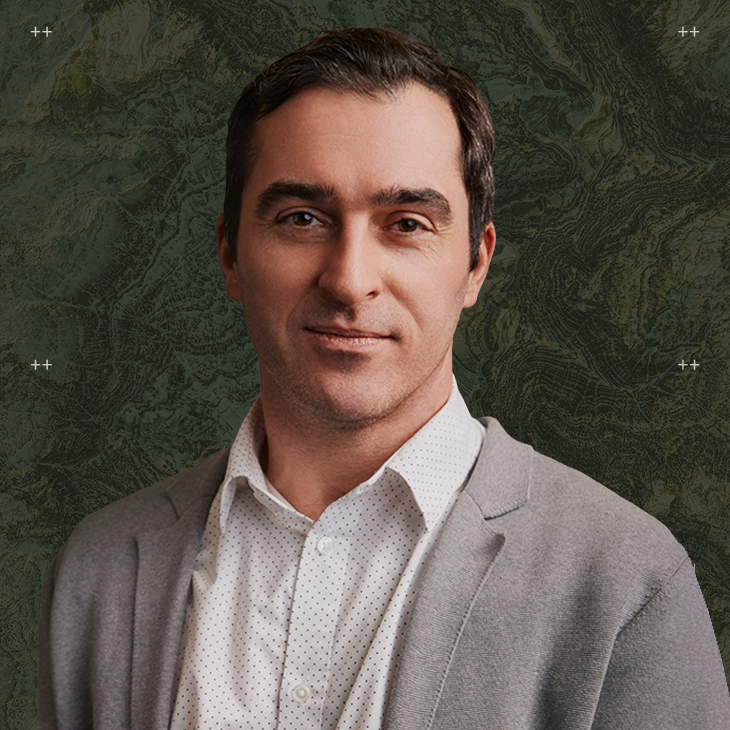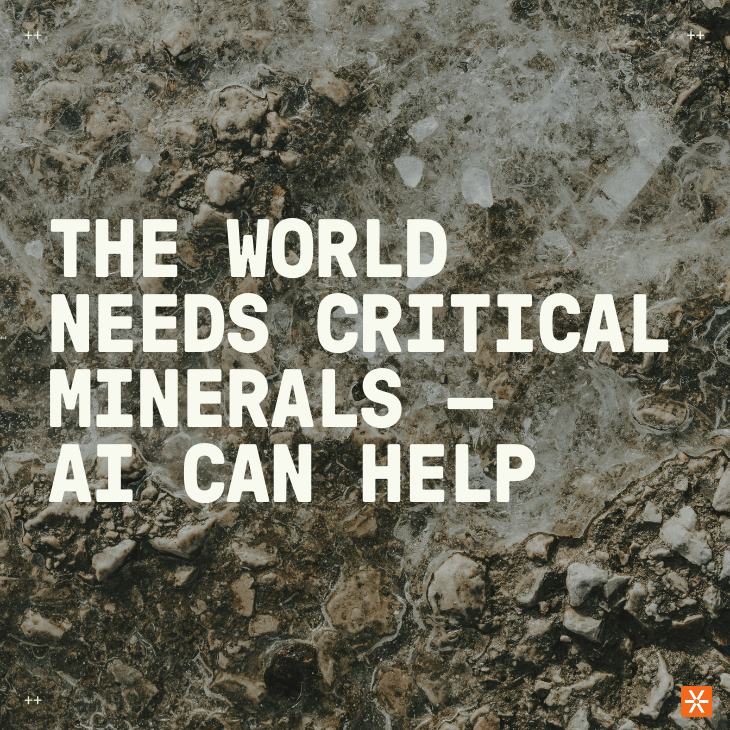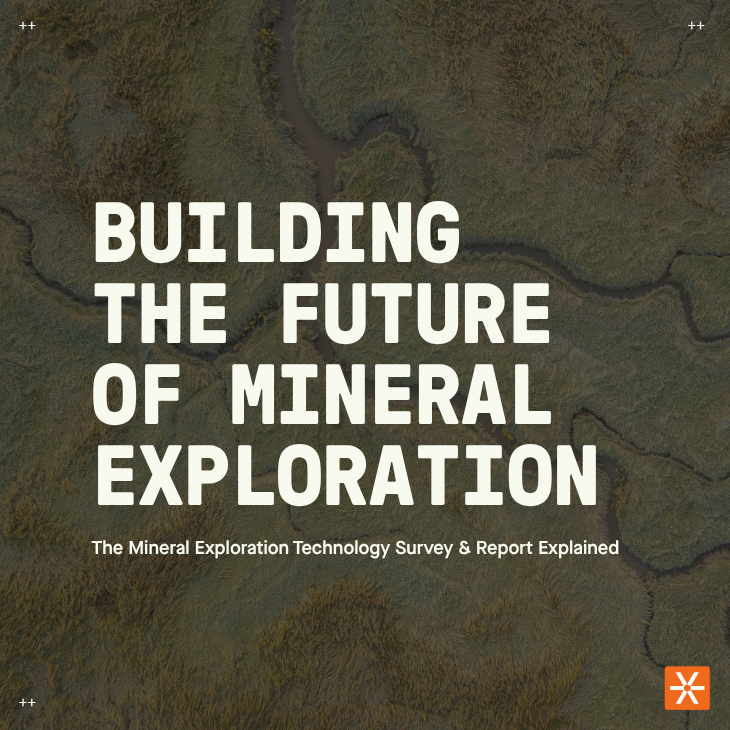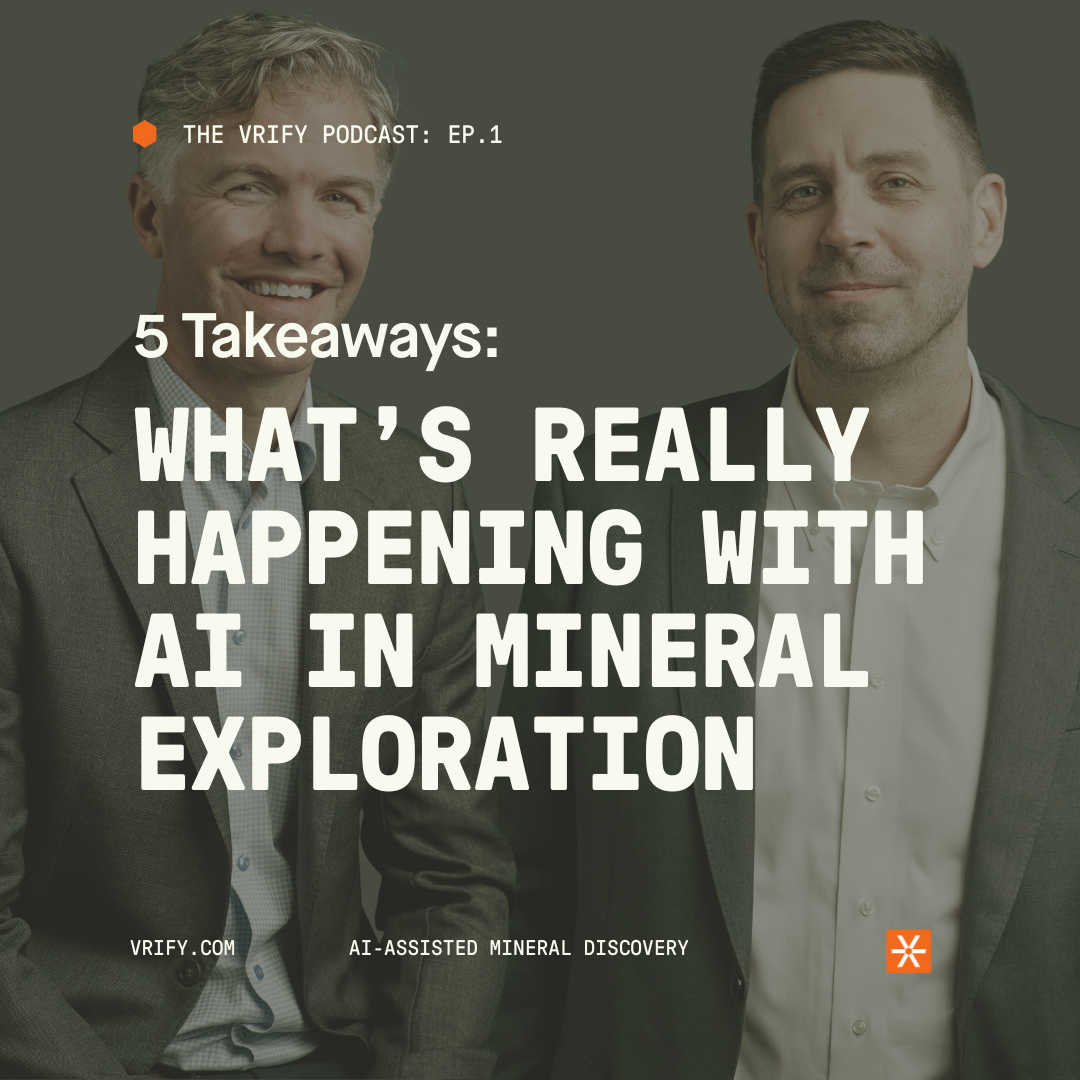“AI allows us to re-examine the data, test new theories and challenge assumptions, which is essential in a terrain with minimal outcrop that remains both vast and underexplored,” notes Graham Crew, CEO of Rupert Resources.
As he looks to the future of mineral exploration through an AI lens, Graham’s perspective is backed by more than 25 years of experience in international mining management, investment, and corporate development. Over this time, he’s established a reputation as a disciplined leader with a deep understanding of both the technical and strategic aspects of the industry. His career has spanned senior operational and executive roles across multiple jurisdictions, guiding projects from early-stage development through to production. Since joining Rupert Resources in 2024, Graham has turned his focus to advancing exploration and development in Finland’s Central Lapland Greenstone Belt: A region with proven world-class deposits but significant untapped potential.
In our conversation with Graham, he shares his views on risk and opportunity in exploration, the ways AI can accelerate decision-making, and Finland’s standing as one of the most attractive jurisdictions for mineral development.
5 Questions With an Exploration Leader: Graham Crew
1. The Lapland Greenstone Belt is historically well-known but arguably underexplored. How do you balance risk and opportunity in exploration decisions, and where does AI-assisted analysis fit into these decisions?
Graham Crew: The Central Lapland Greenstone Belt covers roughly 20,000 square kilometres, with about 98% concealed beneath glacial till. Only a handful of large gold systems have been defined so far, including Ikkari (Rupert Resources) with 4Moz and the Kittilä mine (Agnico Eagle), which is approaching 9Moz in production and remaining resources. This highlights the significant untapped potential of the belt.
Our exploration program helps us see through the cover and identify anomalies, but most of the follow-up drilling has tested only the first 100 to 150 metres vertically. That leaves a great deal of potential at depth still to explore. AI allows us to re-examine the data, test new theories and challenge assumptions, which is essential in a terrain with minimal outcrop that remains both vast and underexplored.
2. What was your honest first impression when you saw a demo of DORA, our AI-Assisted Mineral Discovery Platform? How has your opinion shifted over time?
GC: Exploration is, by definition, the most data-poor part of the mining cycle, so I was skeptical at first about AI as an exploration targeting tool. But what intrigues me is how the platform can accelerate the test, fail, adapt cycle. In an industry where only about 1 in 1,000 exploration projects become a producing mine, speed and new perspectives are critical.
What I’ve come to value is the alignment between VRIFY as a platform provider and ourselves as users. Both sides are motivated to make data analysis a competitive advantage. We don’t know yet if it will be game-changing for us, but it is certainly worth the effort to see what we can achieve.
3. We know that Ikkari has challenging terrain, with more cover and less outcropping. What has exploring there taught you about geology or the discovery process and how have these learnings influenced your current strategy?
GC: At Ikkari, we discovered 4Moz under shallow cover; proof that world-class deposits can remain hidden in this belt. The key learning is that structural interpretation and systematic base-of-till sampling can quickly zero in on economic potential, even in areas with no surface expression.
Because of our success in discovering Ikkari, we’re not forced into chasing quick results near known mineralization. Instead, we can take a belt-scale view, test wider areas, and build conviction in multiple new targets across the district. With the data and insights we now have, coupled with innovative tools like DORA, we can explore with a stronger foundation and greater confidence.
4. You have traditionally been focused on building mines, and while building Ikkari is the main focus for you, we see a continued effort to explore. What led you to this decision?
GC: Building a mine and a company is one of the most rewarding challenges you can undertake. At Ikkari, our target is first gold by late 2030. That would mean going from greenfield discovery to production in about 10.5 years, compared with a global average of 15 to 20 years. Achieving that would be exceptionally fast for Europe.
But our vision does not stop at one mine. The lowest-cost way to add ounces is still through discovery, which typically costs US$30–50 per ounce compared with several hundred dollars per ounce through M&A. That’s why we continue to explore the belt aggressively, aiming to build multiple mines that can feed Ikkari or operate as stand-alone operations.
5. Finland consistently ranks highly as a mining jurisdiction, and last year, topped the global list for mining investment attractiveness in the Fraser Institute’s Annual Survey of Mining Companies.
What do you think this means for the future of mineral exploration in that area and for the world? What do most mining people not know, or misunderstand about operating in Finland or Northern Europe as a whole?
GC: Finland’s #1 global ranking in the Fraser Institute Survey reflects not just geology but also strong institutions, reliable infrastructure, and a skilled workforce. The Geological Survey of Finland provides one of the world’s best databases, permitting is transparent, and there is a highly educated and skilled workforce.
What’s often misunderstood is that Finland is not a new frontier. It has a long mining tradition, from Outokumpu’s copper and base metals to Agnico Eagle’s Kittilä mine, supported by excellent infrastructure. The key difference here is cultural: Companies are expected to meet high environmental and social standards from the start. That’s not a barrier. Instead, it’s an opportunity to demonstrate how mining creates value responsibly in the modern world.
<hr />
Graham’s perspectives reflect the opportunities and challenges of operating in one of the world’s most prospective yet underexplored greenstone belts. His emphasis on disciplined exploration and data-driven insights reinforces the importance of innovation in a competitive industry.
As Rupert Resources advances Ikkari toward production while continuing to explore across the broader Lapland district, Graham’s leadership highlights a forward-looking approach, combining operational experience and strategic vision. For the mineral exploration industry, his insights reinforce that the future of exploration rests on both the strength of the deposit and the vision of those guiding the work.
<hr />
To learn more about how AI is supporting mineral exploration processes, book a demo to see how DORA, our AI-Assisted Mineral Discovery Platform, can help make game-changing insights.

.png)
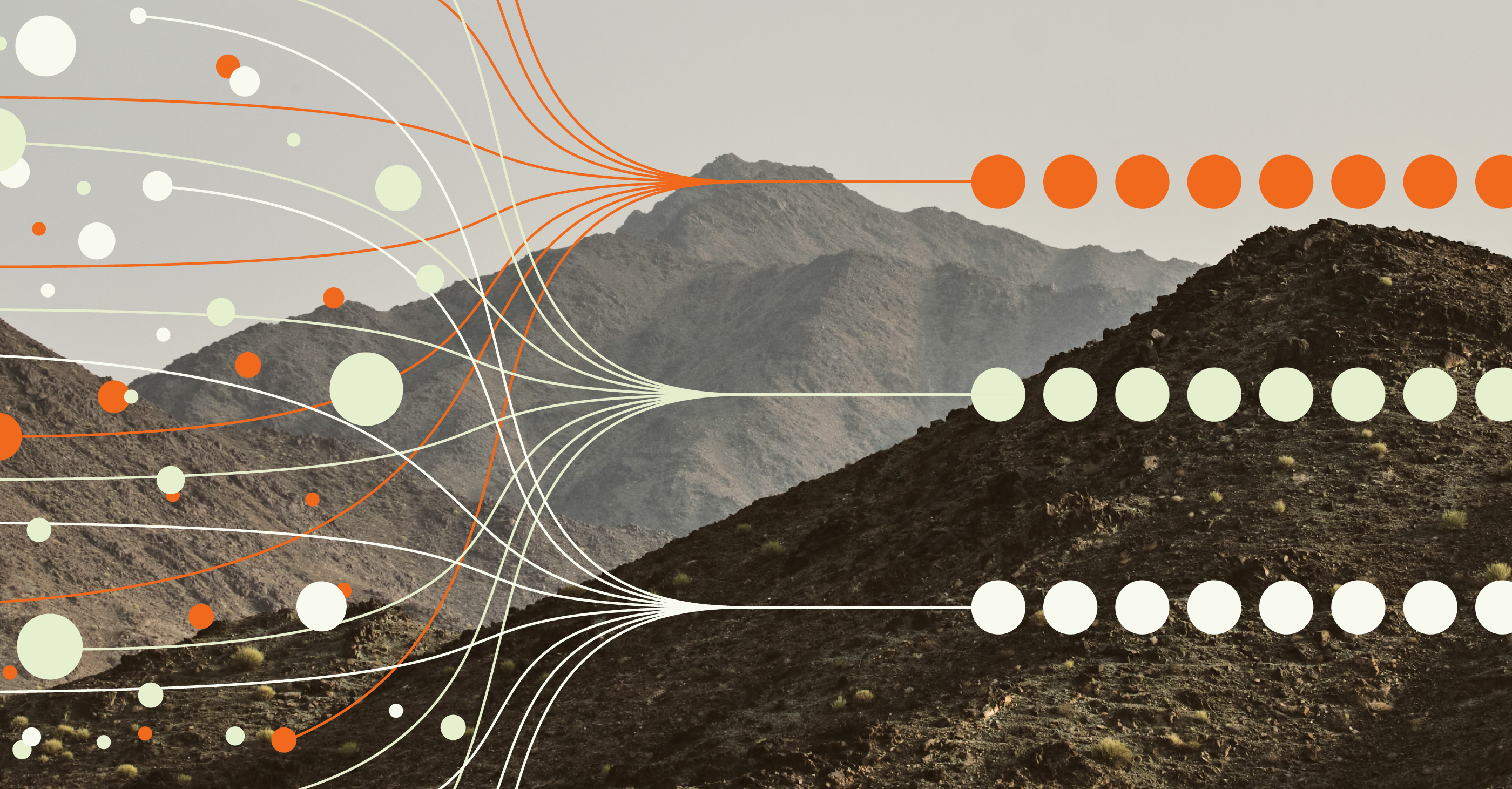
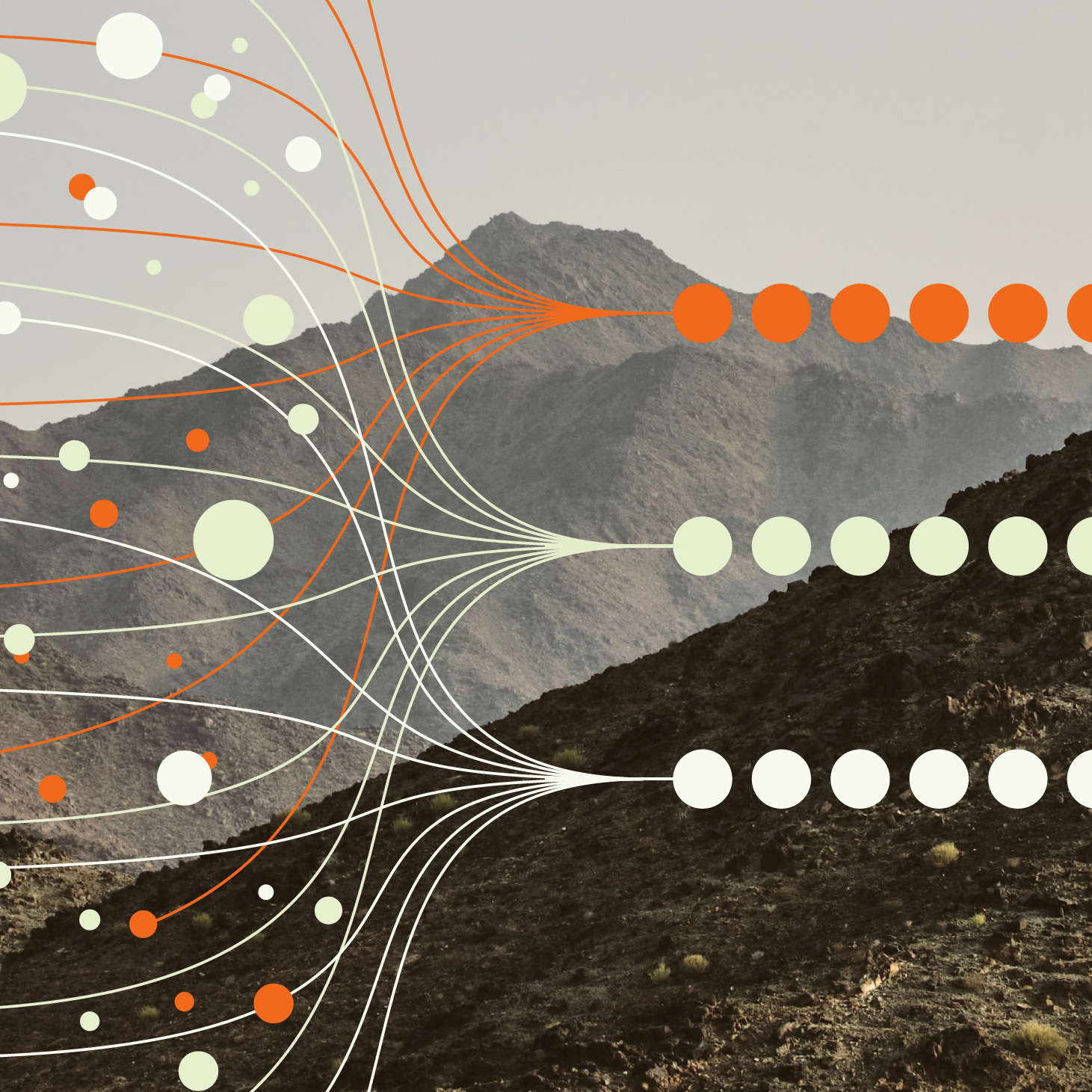
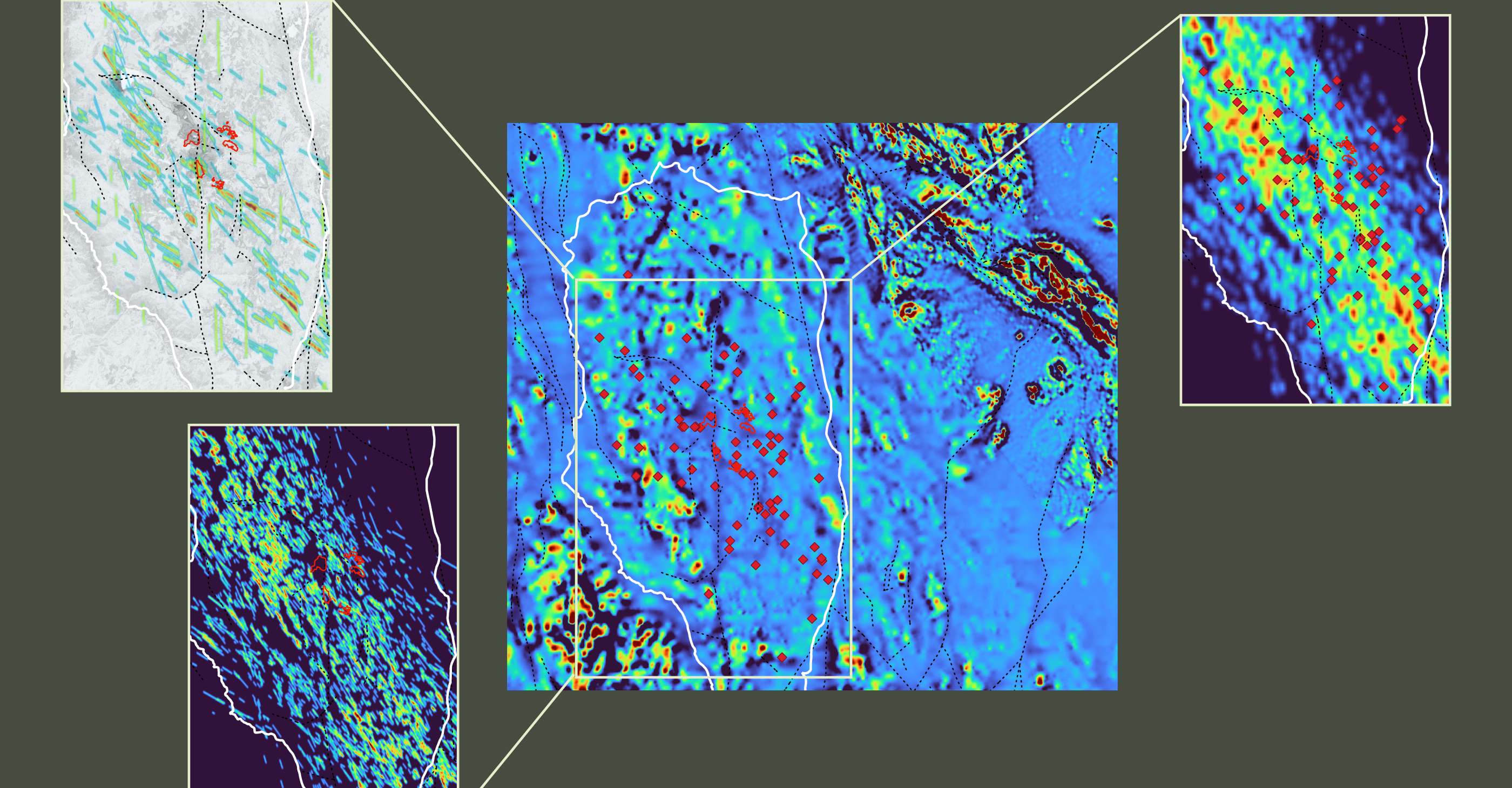
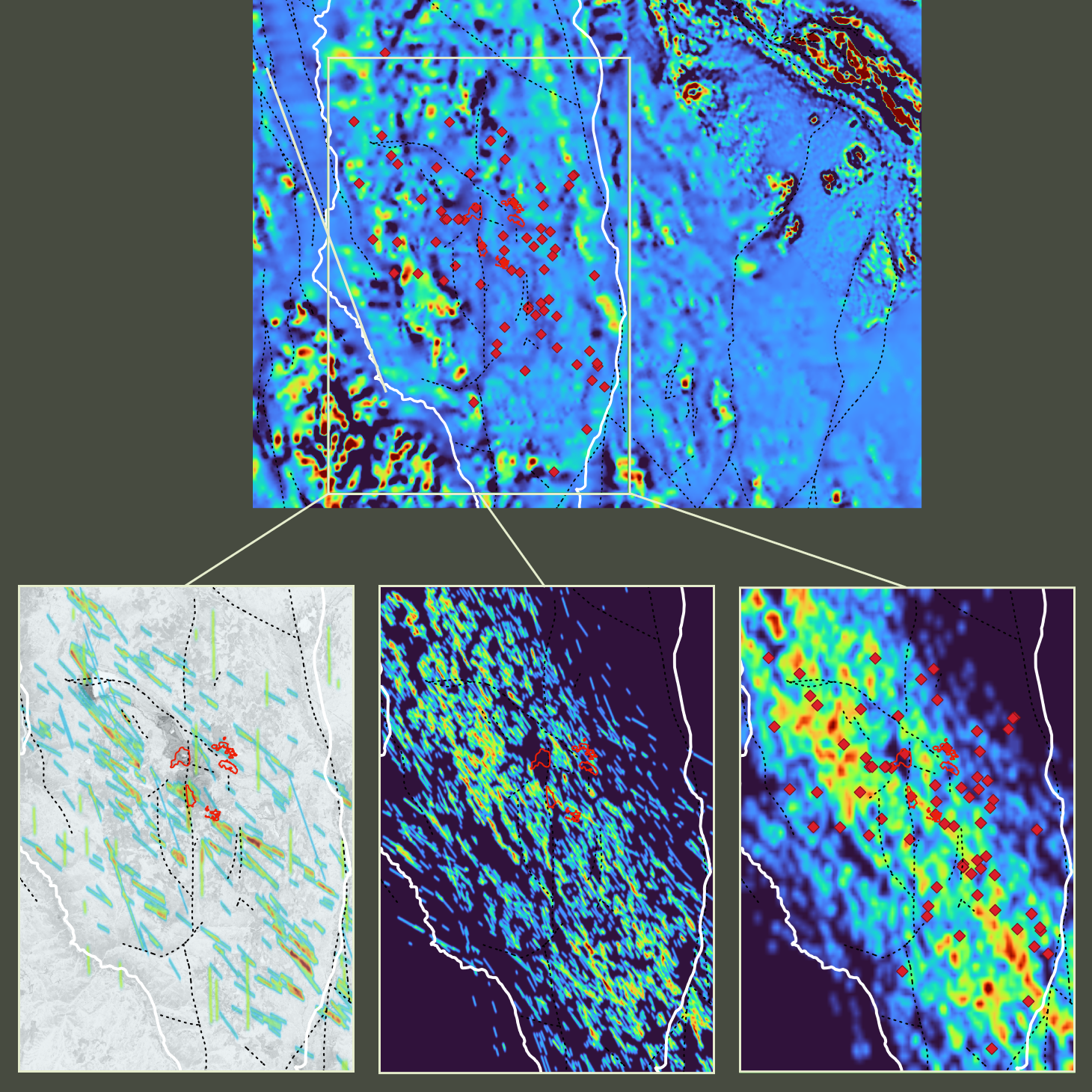



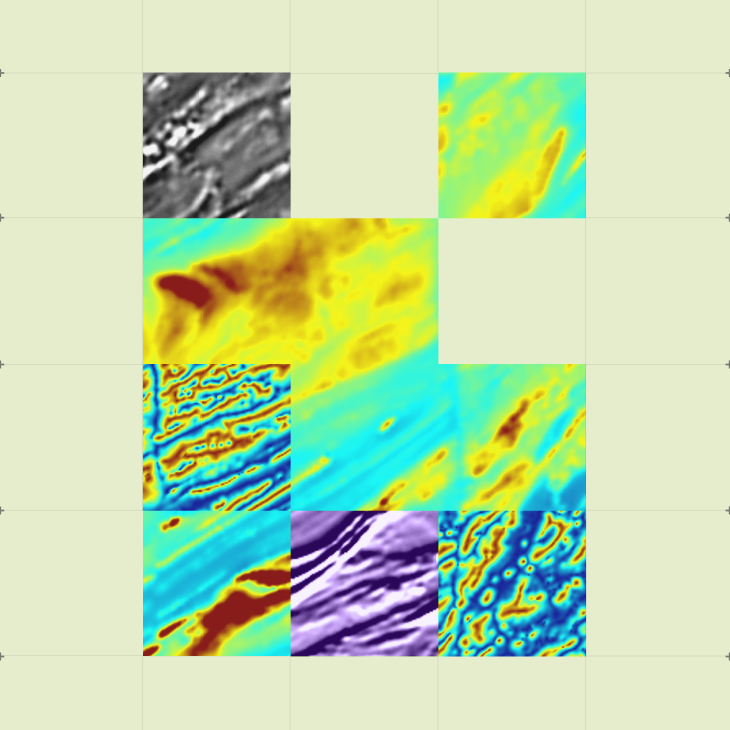
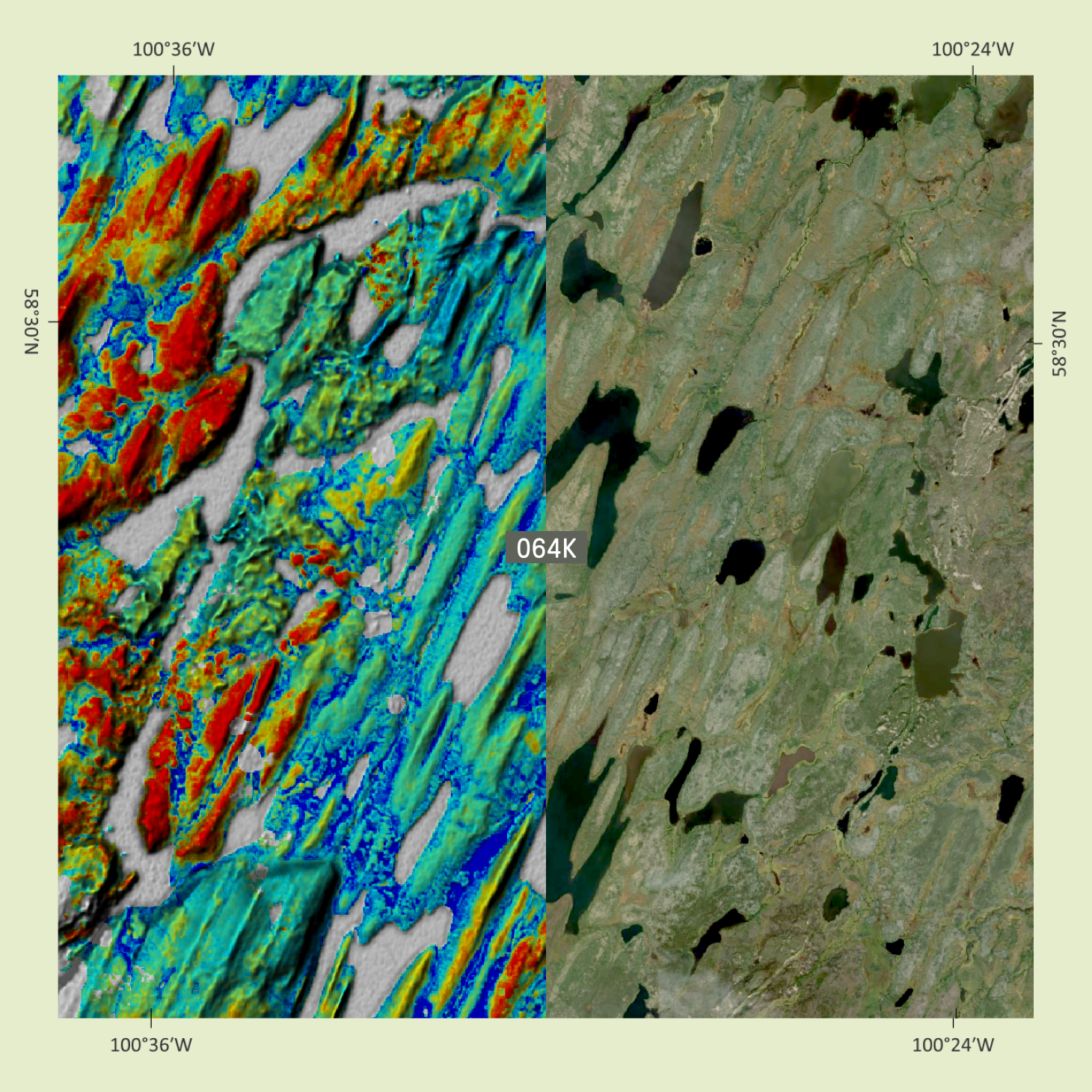
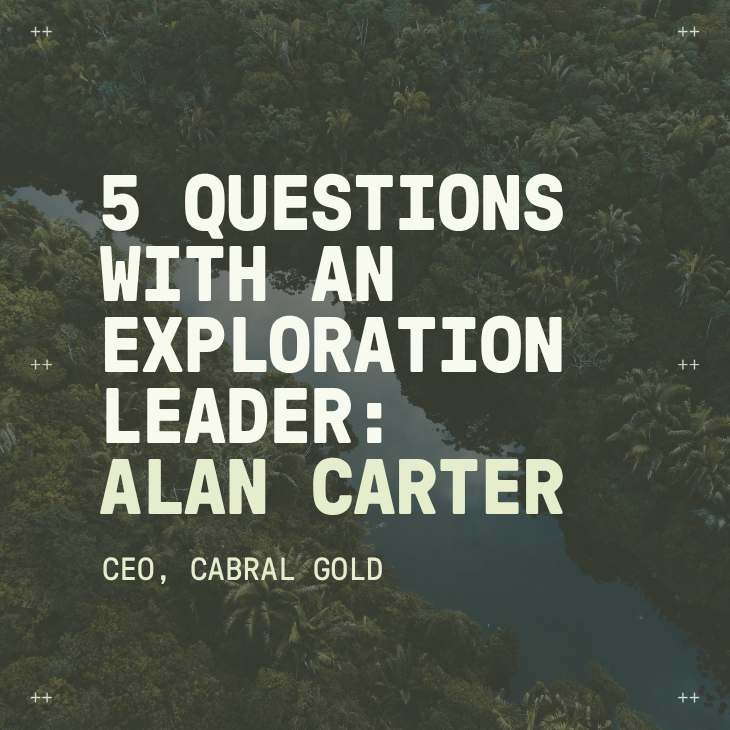
.png)
